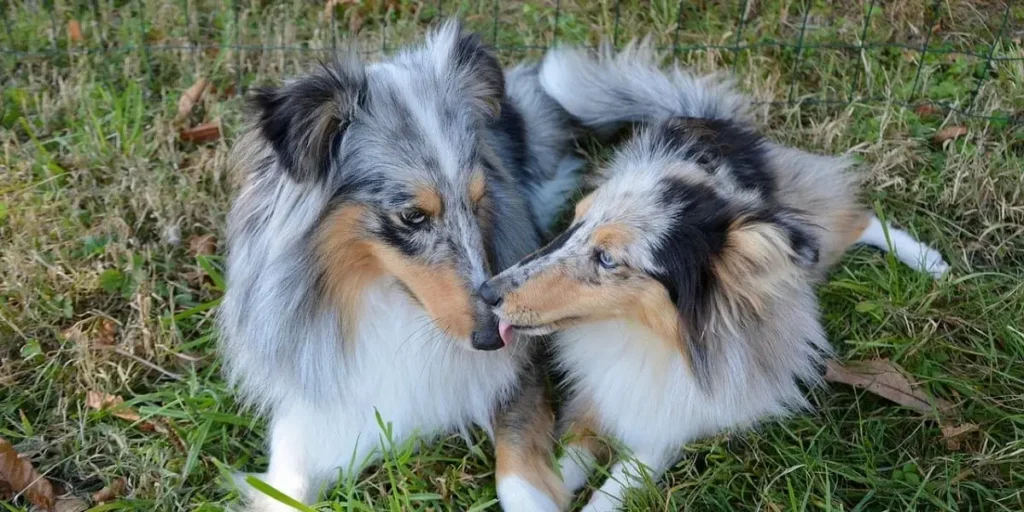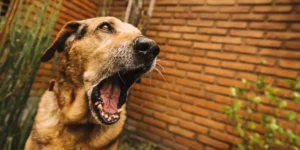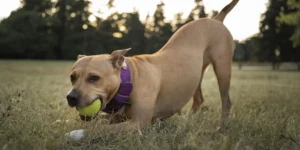Table of contents
Heat in Female Dogs
Female dogs generally go into heat twice a year. The first heat occurs between 6 and 15 months of age, depending on the breed, and lasts 2 to 3 weeks. Key points:
- The first heat should not be interrupted to avoid infections.
- Although fertile from the first heat, wait until at least 2.5 years old for a first litter.
- No strict age limit exists, but mating after 6 years is discouraged due to health risks.
Consult a veterinarian in cases of abnormal cycles: heat lasting more than 21 days, occurring too frequently (under 4 months apart), too infrequently (over 8 months apart), or absent altogether.
A female in heat shows thicker, whitish-yellow discharge. Ovulation generally occurs twice a year, lasting about 20 days. When ready, she becomes receptive and moves her tail aside when touched near the perineum.
Rut in Male Dogs
Male dogs go into rut when exposed to a female in heat; they have no predictable cycle. For healthy sperm quality, first mating should occur between 10 and 15 months old. Mating is ideal during the female’s ovulation period, between the 11th and 15th day of heat.
Choosing the Right Mate
If you own both a male and a female, mating may occur naturally. Otherwise, selective breeding (known as a stud service) requires choosing an ideal partner. Consider factors such as breed, size, and absence of transmissible diseases.
Remember, dogs are not required to mate or reproduce. Options like neutering (for males) and spaying (for females) are available to control reproduction and prevent health issues.
Play Before Mating
Once ready, dogs circle each other and play. The female assesses the male’s strength. When receptive, she stands still, raises her hindquarters, and exposes her vulva, easing penetration.
An experienced male completes mating in under a minute, while a novice may take longer or fail initially.
Ejaculation and the Tie
The penis reaches full erection only once inserted. The male performs pelvic thrusts, sometimes accompanied by the female. During this phase, the bulb of the glans swells, locking the pair together – the ‘tie’ – lasting around 15 minutes.
Never try to separate them by force; it may cause incomplete mating or injury such as penile bone fracture.
Ejaculation happens in three phases: an initial low-sperm release at penetration, a second release within a minute, and a final ejaculation during the tie. It’s crucial to let the process complete naturally.
What You Should Do
Observe from a distance and ensure neither dog gets hurt, especially during the tie. Never pull them apart; this can lead to vaginal bleeding or pelvic fractures.
After mating, both animals lick their genital areas briefly. The male’s penis retracts, and the female should rest for a few days, regardless of fertilization.
Canine Contraception, Castration, and Sterilization
Owners may find repeated heats, mating, or birthing stressful and opt for medical solutions under veterinary advice. Hormonal contraception involves injections that prevent pregnancy without irreversible effects but can cause infections if overused.
Castration and spaying are surgical procedures with permanent results, reducing infection and tumor risks. Surgery is mandatory only for medical reasons or in specific cases such as rescue dogs or guide dogs.


